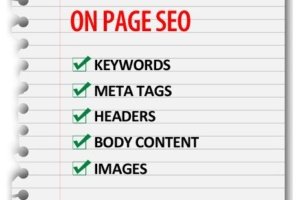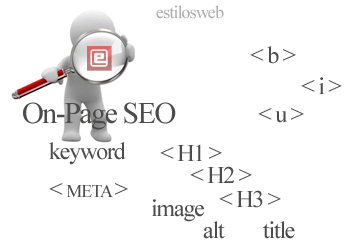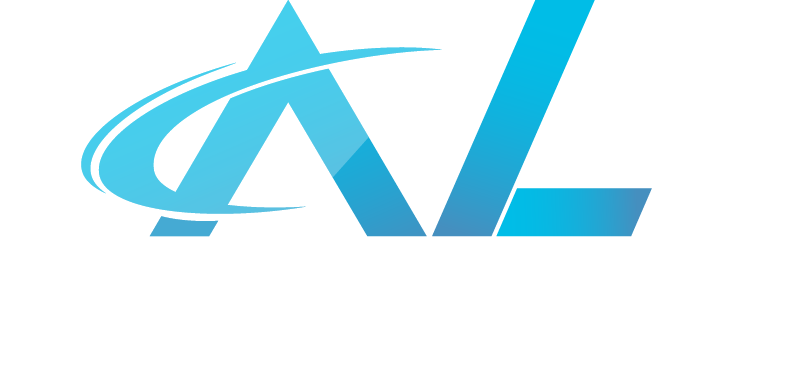The Importance of On-Page Search Engine Optimization
 Accounting for 25% of your overall SEO performance, On-Page Search Engine Optimization must never be taken for granted because unlike Off-Page SEO, it has an immediate effect on your website’s rankings. As mentioned in our previous post, Search Engine Optimization Basics, there are certain page elements that should be optimized in order to rank well in search engines.
Accounting for 25% of your overall SEO performance, On-Page Search Engine Optimization must never be taken for granted because unlike Off-Page SEO, it has an immediate effect on your website’s rankings. As mentioned in our previous post, Search Engine Optimization Basics, there are certain page elements that should be optimized in order to rank well in search engines.
Page Title
Page title is one of the most essential parts of on-page search engine optimization because it is the first thing that gets noticed on a page. Page titles show up in search results and they are the ones that often get clicked. Therefore, it is important that page titles include your primary keyword. It should be incorporated in such a way that it appears natural and spontaneous.
Google used to display the first 70 characters of a title tag. If your title tag is longer, it will just show an ellipsis. However, recent redesigns now show title tags based on pixel width. Therefore, font type and text size now play an important role in showing your title tags.
Meta Description
Meta Description used to be significant as a ranking signal. However, nowadays, it does not play an important part anymore. Nevertheless, having a well written meta description must not be taken for granted. A meta description is important to give readers an overview of what your website is about.
Meta descriptions show up in search engine result pages (SERPs) so it would be like your first introduction or sales pitch to a potential customer. Your meta description should include your target keywords incorporated naturally into sentences. Make sure to limit your meta description to around 156 characters for complete visibility in the SERPs.
Headings
Headings make it easier for readers to scan through content because each topic is broken into different headings and sub-headings. Just like your website visitors, Google also deciphers the content of your page through heading tags making them an important on-page search engine optimization element.
Heading tags can be broken down into H1, H2, H3… and so on. Remember, only use one H1 tag in a page. It must include your main keyword as well. Use your other target keywords in the other heading tags as well when natural.
Images

Even images matter when it comes to on-page search engine optimization. Images should contain alt image tags. These tags ensure that Google determines the relevance of your images to your content. Adding them also gives your images a chance to rank in the Google Image Search.
There may also be instances when the page does not load correctly. Adding an alt image tag helps your readers know what the image is about. Make sure to give a highly descriptive tag for your images. As much as possible, it must contain your keyword. Therefore, you should choose an image which is highly relevant to your topic.
Lastly, and though not related to SEO, adding alt tags to your images makes your web page more accessible to the visually impaired.
Bounce Rate
Google ranking and on-page search engine optimization also involves some interaction based factors such as the bounce rate. It refers to the rate at which visitors leave a single page after visiting it. The higher your bounce rate, the more frequent and quickly visitors leave your site. A high bounce rate may be due to certain factors such as if a visitor does not find what he is looking for; the page is too difficult to navigate; or the page is simply not that interesting. A page that is slow to load also increases your bounce rate. Page speed, by the way, should not take more than 4 seconds.
Adding multimedia such as images, videos and diagrams can help reduce your bounce rate. Multimedia keeps a boring subject more interesting. It encourages visitors to explore other pages in your site which can lead to better conversion rates. It also increases dwell time.
Videos
Videos, if interesting or informative enough, make your content more savvy, which increases the chances of your page being shared on social media sites. Videos help improve your storytelling better than text alone.
Domain Names
Exact match domains used to be the big thing in On-Page SEO. However, in September 28, 2012, Google announced via Twitter that their algorithm will reduce low quality exact match domains in search results. It does not mean though that keyword rich domain should be altogether eliminated. As long as the website continues to give high quality articles, then it will not be affected by this minor change in Google algorithm.
Content Quality and Quantity
Due to the recent Google Panda update, it is important to create high quality and unique content mainly for readers and only secondarily for search engines. Add targeted keywords on the first 100 to150 words of the content. It will help boost the title tag and add more emphasis to the topic.
Proper incorporation of keywords is important. Sentences with keywords should sound as natural as possible. Use keyword variations also known as long tail keywords. Google prefers longer and more informative articles so keep your articles between 1,000 and 1,500 words. This length is ideal if you want to rank in Google In-depth Search.
Links Out
In SEO, external links are considered to be the source of high ranking power. It is, therefore, important to link to authority sites with high page ranks. Compared to internal links, Google values external links more when it comes to ranking purposes. There are certain factors to be considered when creating external links. The domain should be trustworthy, popular and relevant to your content.
There is also nothing wrong with putting external links in your article. If it helps to supplement the information stated on your page or it works as a supplementary source of information then by all means, add them to your article. You can always add the “no follow” attribute to the external link to prevent passing link juice.
Internal Links
To encourage readers to visit your other pages or articles, add links to your articles pointing to other pages in your site. However, limit your internal to around 3 to 6 per page. Internal links are a great way to spread link juice to various pages in your website.
All Around SEO
Nowadays, businesses should take into consideration the importance of all around sound SEO. On-Page Search Engine Optimization is just half of the SEO strategy. It should be complimented as well by off page SEO.
In our next post, we will be going more in depth regarding Off-Page Search Engine Optimization.

